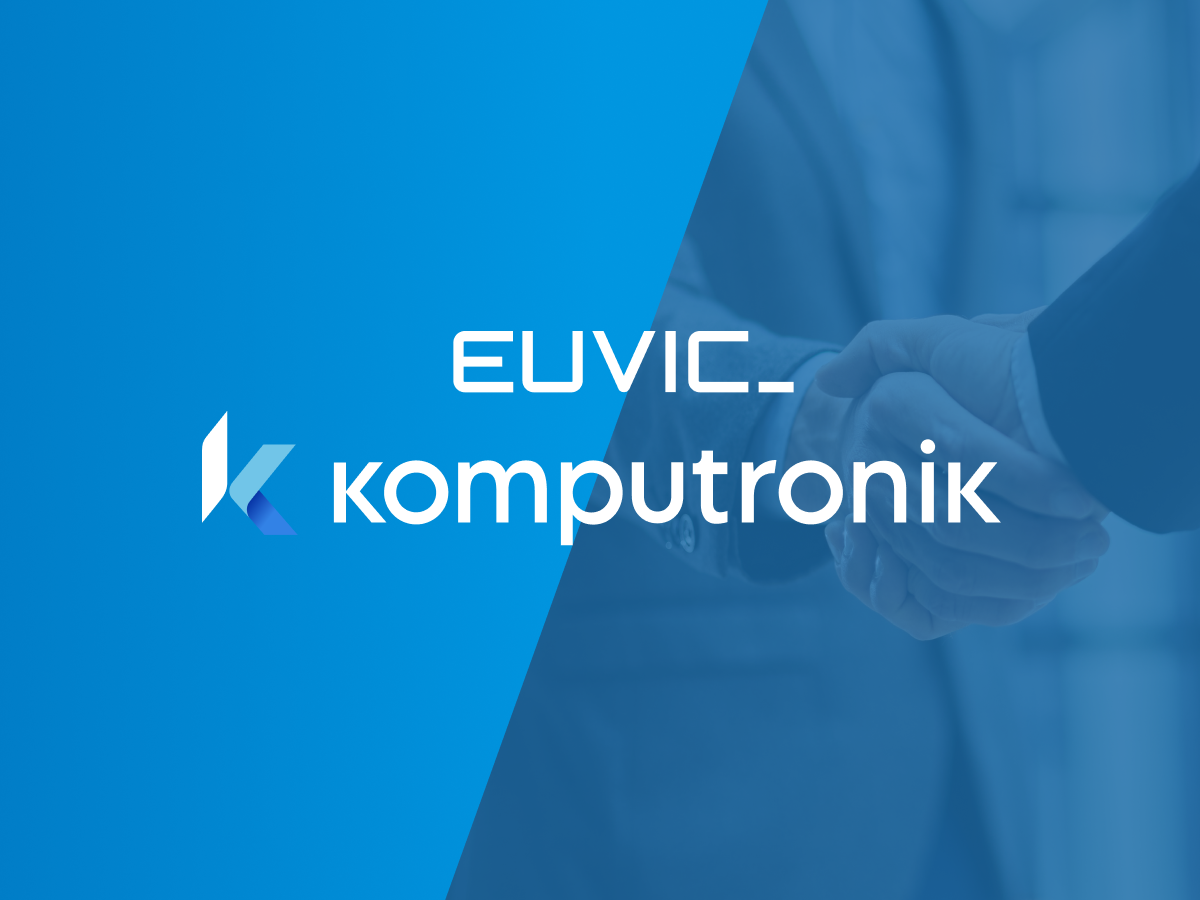Today’s world is engulfed by technology, which in turn is driven by data. If we consciously choose not to use it, not only will we fall behind the competition, but first of all, we will lose the opportunity to provide the right customer experience. That is the reason why modern challenges require modern solutions. And this is where MarTech comes to the rescue.
What is MarTech?
Marketing Technology, or MarTech, describes a class of IT tools used to automate various types of marketing activities that are a part of communication with customers to increase its effectiveness.
Nowadays, the idea “the medium is the message” is evolving into ” the mechanism is the message”. We are immersed in technology and algorithms, and MarTech tools are becoming an opportunity for us to automate many time-consuming, repetitive, and often very complex, processes. That is why an increasing proportion of marketing budgets is being allocated to technology purchases.
Professional support for business
One of the most important challenges of technological marketing is the proper channeling and integration of “big data” streams coming from various channels, such as CRM systems, market research, or real-time data from advertisements. It is also crucial to choose the right tools that will support our campaigns in the most comprehensive way and will focus on achieving real results.
However, since the landscape of MarTech solutions seems complicated and complex, deciding which tools are the best can be difficult lead to costly mistakes. That is why before taking this decision, it is important to accurately assess your business needs, identify already implemented and used solutions, and learn about the categories of technologies available on the market and the functionalities they offer.
Selected categories of MarTech activities
Which marketing technology solutions are used most often? Which ones are worth focusing on?
- Voice Search – More than 25% of adults in the U.S. own a smart speaker, such as Amazon Echo or Google Home. Additionally, 31% of smartphone users worldwide use voice-activated search features, such as Siri, at least once a week, and nearly one-third of Google’s 3.5 billion daily searches are voice searches. What is the difference between a voice search and a typical text search? In the first case, searches are governed by the rules of conversation rather than rules of written messages, and therefore include full questions instead of short, concise phrases. That is a trend that marketers can no longer ignore, and as a result, they need to focus on adapting their SEO strategy to voice search.
- Chatbots – according to Grand View Research, the global chatbot market is now worth $1.2 billion, and as many as 45% of companies admit that they would like to use them as a primary means of communication with their customers. What is more, it is estimated that within the next five years as much as 80% of business communication will be conducted this way. Chatbots (we have already written about them here) collect information from users that will later be used to adjust marketing strategies and help brands improve customer experience without breaking the budget.
- VR and AR – more and more companies are using the power of augmented and virtual reality to build brand awareness and increase product sales. These technologies have a lot to offer, are innovative, and allow us to take the customer experience to a new, higher level. However, the decision to invest in Augmented Reality or Virtual Reality should be made cautiously. These are time-consuming and costly solutions, which will not necessarily appeal to every audience. Before implementing them, it is worth checking the attitude of our target group and if they are really ready for them, or if we should maybe invest in a well-known, much cheaper video form.
- Audio advertising – a system of personalized advertisements customized to the target group, which are the listeners of a selected radio station, makes it possible to provide them with specially selected advertising materials in real-time. It is a tool that allows you to detect the beginning and end of a voice advertisement, download a list of ads, and then remove the original advertisements from the radio stream and replace them with the personalized ones added to the playlist.
- Data-Driven Ecommerce Platform – data is the foundation of all marketing activities, especially the ones involving reporting, analysis, drawing conclusions, and making changes. Its proper use provides invaluable support for the customers’ purchasing processes and allows you to increase the quality of undertaken activities. However, the amount of data reaching marketing is really large and its sources are very diverse. That is why in addition to collecting data, it becomes crucial to store and process it in a way that allows for its later comparison and real-life use.
- Artificial intelligence and machine learning – these are technologies that allow for more efficient data analysis, making it easier to deliver hyper-personalization to customers. While the use of these technologies in marketing is still a niche, it is gaining supporters every day.
- Personalization – Today’s consumers are tired of ubiquitous, generic ads, which is why personalized marketing continues to grow in popularity. According to Epsilon, as many as 80% of consumers show a willingness to work with a company that offers a personalized experience, and personalized emails perform 3 times better than generic ones. So, it becomes essential today to structure data, group customers, and customize the message to match our customers’ needs and preferences.
Why is it important and how to get started?
The main goal of companies implementing MarTech solutions is to focus all their activities on the consumers and find out what they want. Implementing them, however, is not at all simple. According to research by Moore Stephens and WARC, lack of understanding of the available technology and lack of support from senior management are considered to be the biggest obstacles in this regard.
However, it is worth trying. Properly used technological marketing solutions guarantee:
- understanding your audience better,
- creating a valuable product/service, fully adapted to their needs,
- increasing the level of competitiveness of the brand,
- streamlining activities and reducing the time they take,
- reducing administrative costs,
- building brand awareness and increasing customer loyalty,
- gaining more knowledge and access to more valuable data,
- increasing the level of sales.
So, what can you do to achieve the full synergy of marketing and technology and profit from it?
- Find the right technology partner that can help you professionally implement MarTech solutions.
- Develop a strategy for gathering consumer data.
- Identify sources of data within and outside your organization.
- Together with your partner, select solutions best suited to meet your business objectives.
- Prepare an implementation roadmap containing the plan for getting to the desired outcome.
- Integrate MarTech class solutions with other IT systems used in your organization.
Summary
New business-related technologies and market trends constantly inspire us, encouraging us to pursue new, unconventional business initiatives. Believing that today’s marketing and technology are not only a good match, but above all are inseparable, we are happy to implement new solutions that bring them together. If you have an idea or just want to find out what MarTech can do for your business, let’s talk.










